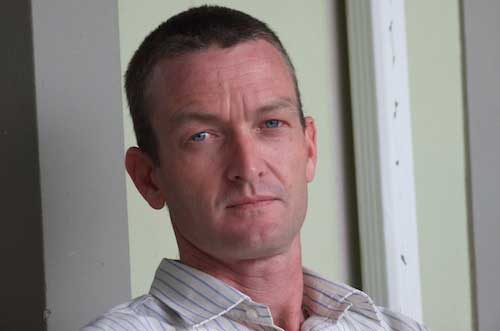
Ispa regulatory adviser Dominic Cull says the new regulations are designed to provide an economic incentive to encourage licence-holders to use spectrum efficiently and will “dramatically lower the costs of frequency for point-to-point links, particularly in rural areas”.
Cull explains that the new pricing model moves away from a fixed price of R770 per megahertz per link a year to one that takes into account different uses of spectrum and the need to ensure that licensees occupy appropriate spectrum for these uses.
For example, spectrum below 3GHz is regarded as being the most suitable for providing wireless access services but using this spectrum for backhaul links prevents it from being used for access services at a cost to the SA economy, Cull says. The licence fees for a point-to-point link in bands below 3GHz are therefore higher than for those in ranges such as 8GHz and 23GHz.
Similarly, he says, licence fees payable for spectrum usage outside Gauteng, Cape Town and Durban will cost one-tenth of spectrum usage within those areas, incentivising rural network roll-out.
“The annual licence fees payable for a point-to-point link will fall from tens of thousands of rand to, in some cases, hundreds of rands per annum,” Cull says. “An example is an existing link in the 23GHz band between two rural educational facilities, which cost R43 000 in licence fees in 2011/2012 — the licence fee for 2012/2013 will be R560.”
He says the regulations will help in bridging the digital divide.
“By rewarding those licence holders who use spectrum efficiently, the new regulations will help to ensure better service for consumers. And by lowering the price of connectivity, they are helping to increase competition and introduce more and more South Africans to affordable broadband services.” — Staff reporter, TechCentral




